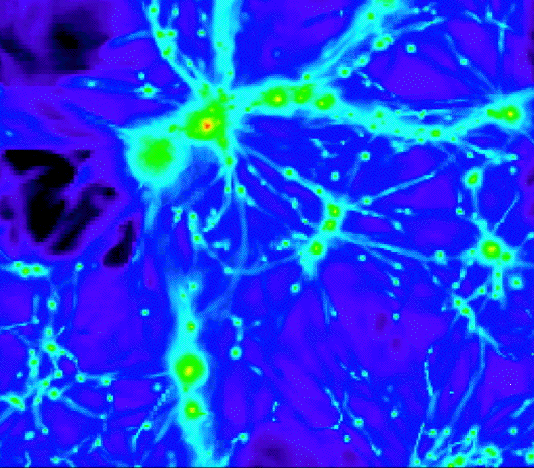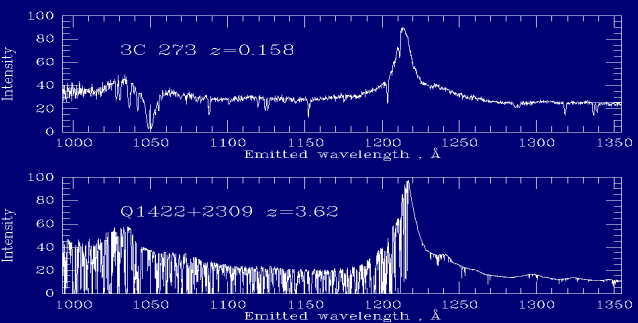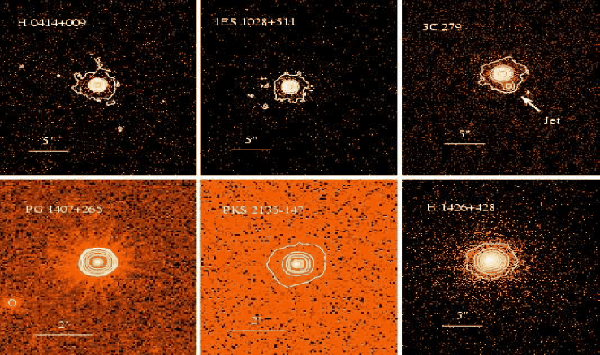
 |
The baryonic matter so far detected in the local universe are at least 50% lower than what have been found at high redshift. Cosmological hydrodynamic simulations show that most of this ``missing baryons'' could be found in the intergalactic medium (IGM) with temperatures of a few million degree and moderate overdensities, in the form of warm-hot intergalactic medium, or "WHIM". Past and current projects include quantifying its physical properties using high resolution, hydrodynamic simulations; measuring its absorption and emission via X-ray imaging/spectroscopy; helping define key instrumental parameters for future space missions aiming on the detection of the WHIM. (See relevant publications) |
 |
One big challenge in galaxy
formation concerns the ``overcooling'' problem. In both semi-analytic
and hydrodynamic treatments of galaxy formation, hot gas cools to fuel
ongoing star formation in Milky Way size galaxies. Standard treatments
of cooling predict at least twice as much cold gas and stars in these
galaxies as observed. Moreover, even in these models with
``overcooling'', most of the baryons in halos of large galaxies like
the Milky Way remain in the hot phase. My research focuses on the
observational signatures of this hot gas, its connection to the
"missing baryons" problem, as well as the physical interpretation in
the context of galaxy formation and evolution theory. (See relevant publications) |
 |
At high redshift, most of the IGM distributed as diffuse,
photoionized gas between galaxies, and leaves imprint in the spectra of
background quasars. This imprint, the so-called ``Ly-alpha forest'', is
a very important probe of the IGM physics at small scales. I have
been exploiting various statistical methods to probe the rich, complex
physics in the IGM and its interaction with galaxies. (See relevant publications) |
 |
I am also interested in various topics, including : turbulence in galaxy clusters and its impact in mass measurement; AGN-related topics, such as jet, the warm absorbers, and AGN X-ray spectroscopy; X-ray studies of high-z clusters and groups; Gamma-ray burst; Population III stars, metal enrichment in early universe, and reionization. (See relevant publications) |